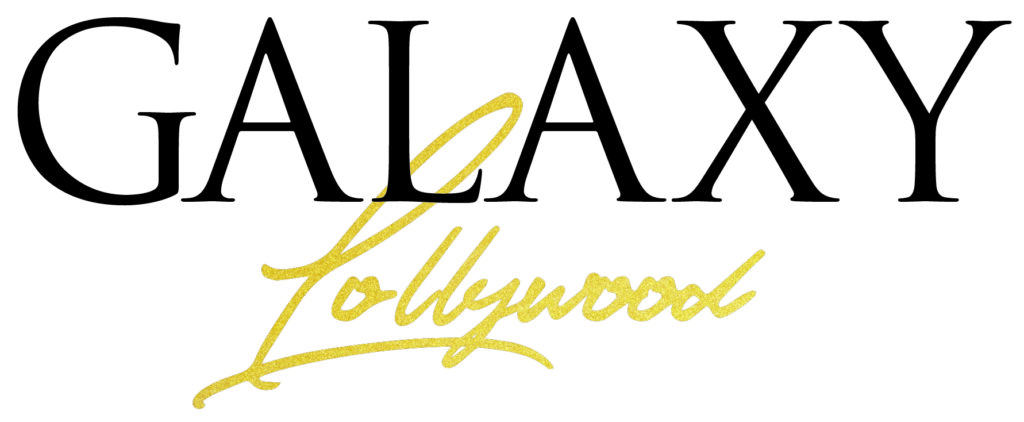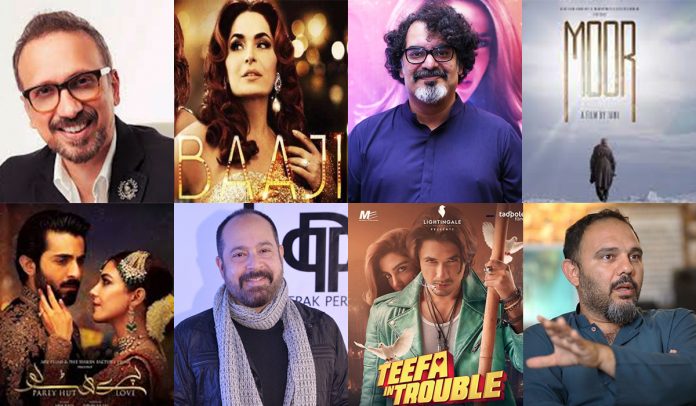In a recent article that we did, we talked about how Pakistani television has given the up and coming film industry major support during its revival phase. Many directors, writers, and even actors now leading the pack in Pakistani cinema can trace their roots to television. However, besides television, Pakistani cinema has also benefitted invaluably from its thriving advertising sector.
The advertising industry is one of the biggest and probably the most profitable member of visual-arts related sectors in Pakistan. While every other field be it music, film, or television, has had its ups and downs, advertisement in Pakistan has continued to remain steady. The sector benefits immensely from its close links to the corporate sector — every company, be it big multinationals or a fresh domestic start-up, invests heavily towards marketing of its products. Marketing itself requires much creative input, and it is therefore a given that people with a creative vision have over time become associated with the business — advertising both turns in monetary profit while at the same time providing a level of creative satisfaction. Therefore, it is no surprise to anyone that some current well-known directors of our industry have a history of being attached to the advertising world.
The slick and tongue-in-cheek
Last year’s mega-hit Teefa In Trouble had been an anticipated film ever since its announcement. And the main reason was the man helming the project: its director Ahsan Rahim. Starting his career in the late 90s, Ahsan has spent decades in the advertising industry and has had countless projects ranging from music videos to advertising campaigns to his credit.
The series of advertisements he directed for telecom company Ufone became instantly viral and have over time become a part of contemporary Pakistani pop-culture. Ahsan brought his brand of sleek action and tongue in cheek humor to his first directorial venture starring Ali Zafar and Maya Ali — and it did wonders on the box office.
Bringing exquisite detailing to his craft
Another director who has been attached to some of the biggest multinational companies for years and has directed memorable advertisements over the years is Asim Raza. Asim’s work always stands out for being distinctly classy and high quality, with the director spending much time on meticulously detailing his visuals. He has worked on numerous high-profile projects, such as his much talked about advertising campaigns for Lux and Coca Cola.
 A man with a grand vision, Asim has the knack of capturing the extraordinary beauty of ordinary circumstances, a fact which was very clear in both his directorial ventures Ho Mann Jahan and Parey Hut Love. The visuals of these films are truly grand and do justice to the format of the big cinema screens.
A man with a grand vision, Asim has the knack of capturing the extraordinary beauty of ordinary circumstances, a fact which was very clear in both his directorial ventures Ho Mann Jahan and Parey Hut Love. The visuals of these films are truly grand and do justice to the format of the big cinema screens.
Glamorous and visually opulent
Baaji, the film which brought the darker side of the glamorous world of cinema, got wide critical acclaim both in Pakistan as well as internationally. The man behind the film, Saqib Malik is an industry veteran with almost three decades of experience. His name has been attached to some major advertisements as well as some much-acclaimed music videos.
 One of the most iconic and memorable music videos from Pakistani music scenes, Khamaj, is directed by Saqib Malik. His production company, Page33 films has also worked with top industry brands such as Pepsi and McDonalds.
One of the most iconic and memorable music videos from Pakistani music scenes, Khamaj, is directed by Saqib Malik. His production company, Page33 films has also worked with top industry brands such as Pepsi and McDonalds.
Understanding the language of art-house cinema
Perhaps one Pakistani film director who has crafted a niche catering to those who prefer films with art-house cinema influences is Jamshaid Mahmood aka Jami. With films like Moor and Operation 021 to his credit, Jami’s vision for what a Pakistani film should be like i.e. distinct and relevant to the times for the Pakistani population is very clear. His roots, too lie in the fields of advertising and music videos. His company, AzadFilm, has worked on numerous campaigns for companies ranging from Shell to the United Nations.
Directors belonging to the advertisement world have given Pakistani cinema some of its most distinct products. One thing that stands common between all the individuals mentioned in this piece is their dedication to producing a visual product that stands out among the competition — each of these four creative powerhouses have their own distinct visual language which they express through film. With their unique creative vision and its impeccable execution, they have contributed much towards the enrichment of Pakistani cinema. It is this kind of diverse, visually compelling content that Pakistani cinema needs in order to carve an individual identity for itself on a global scale.






